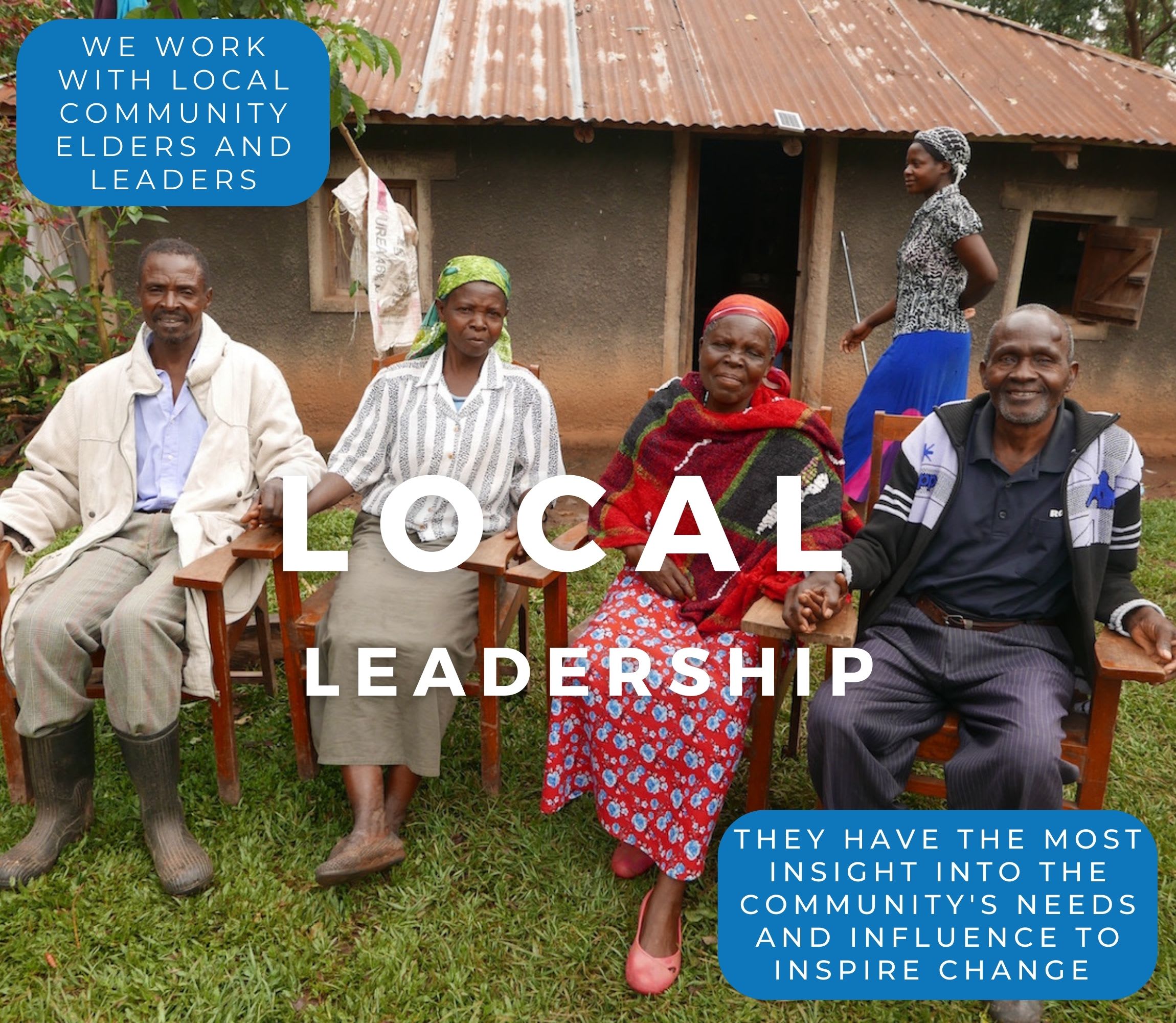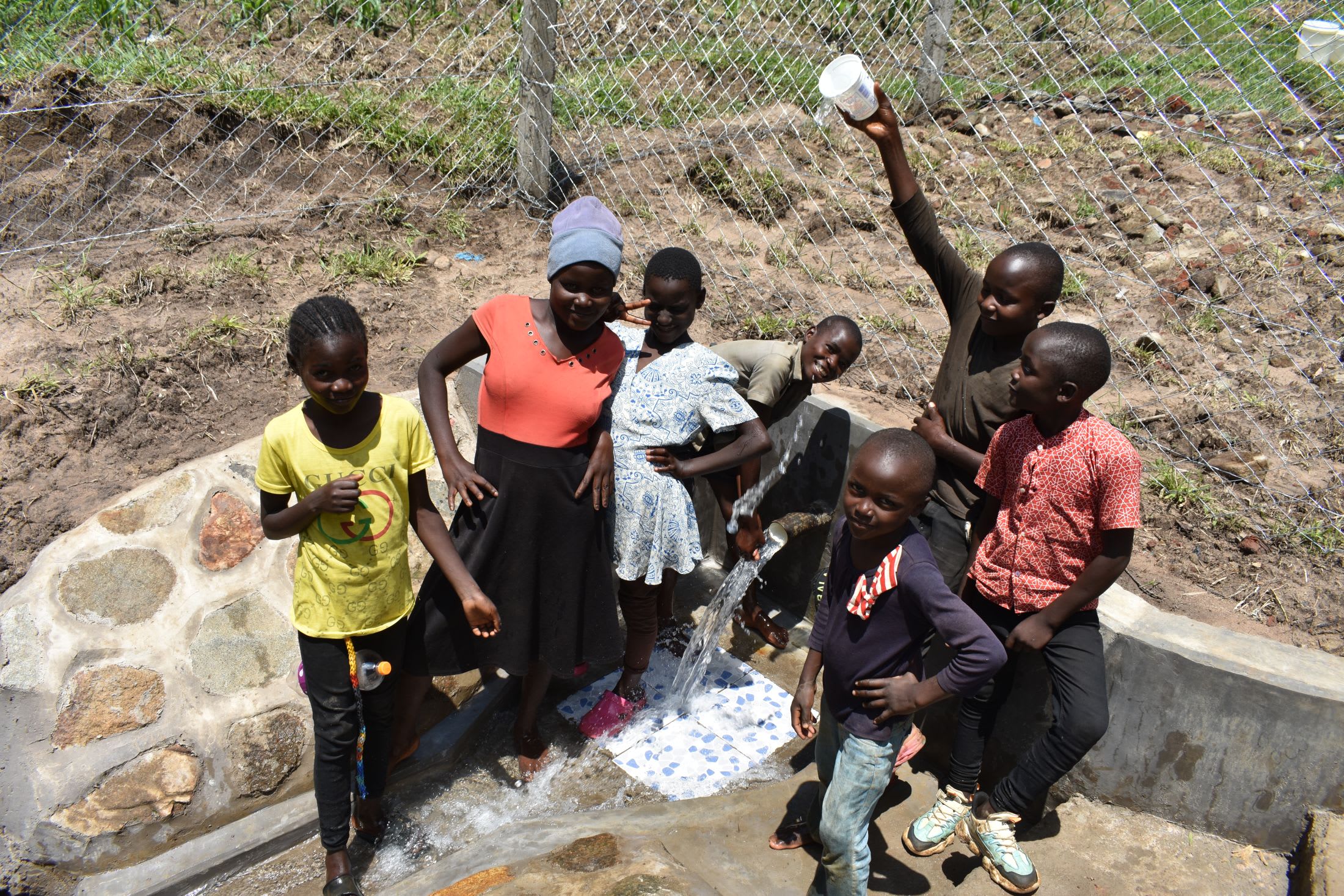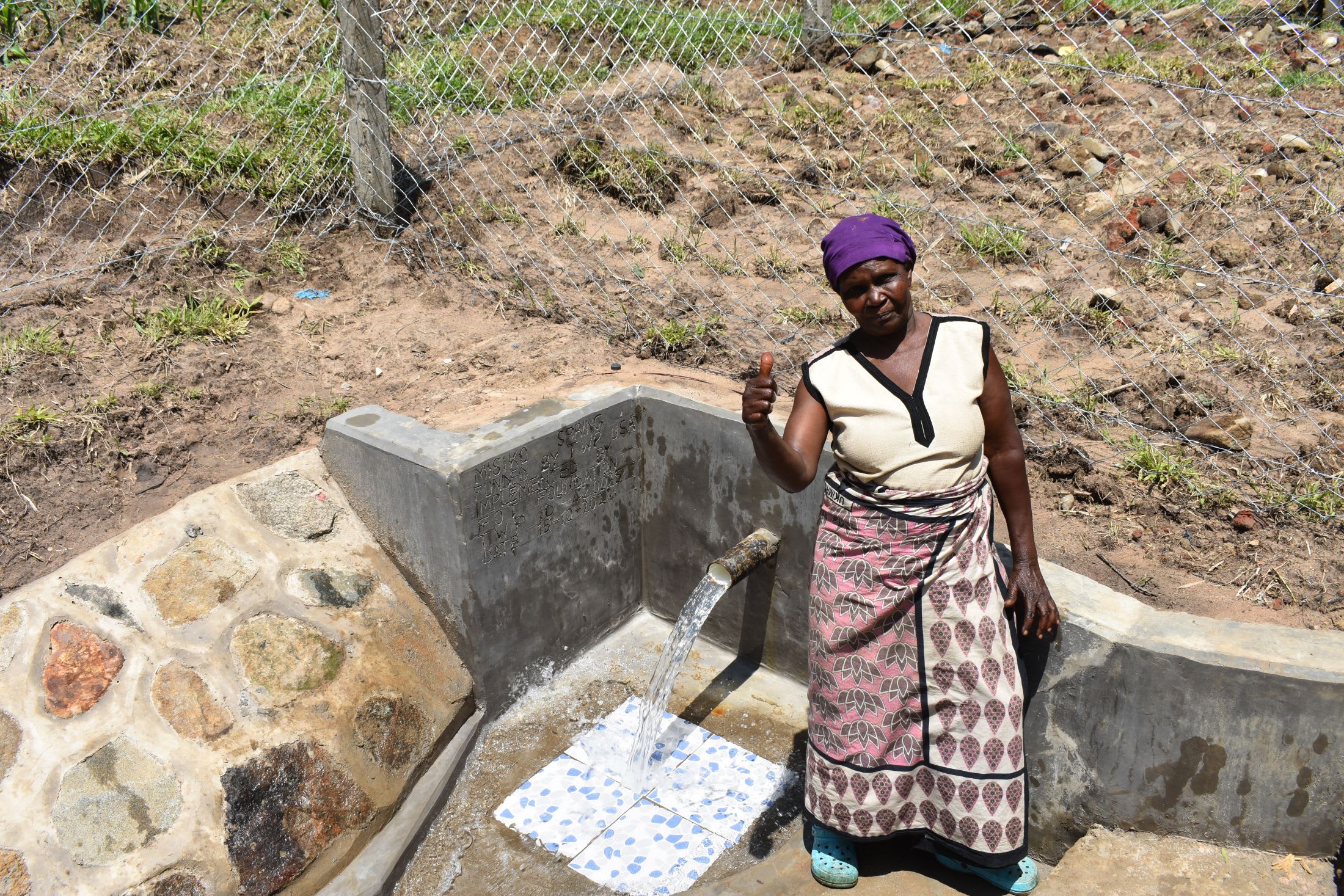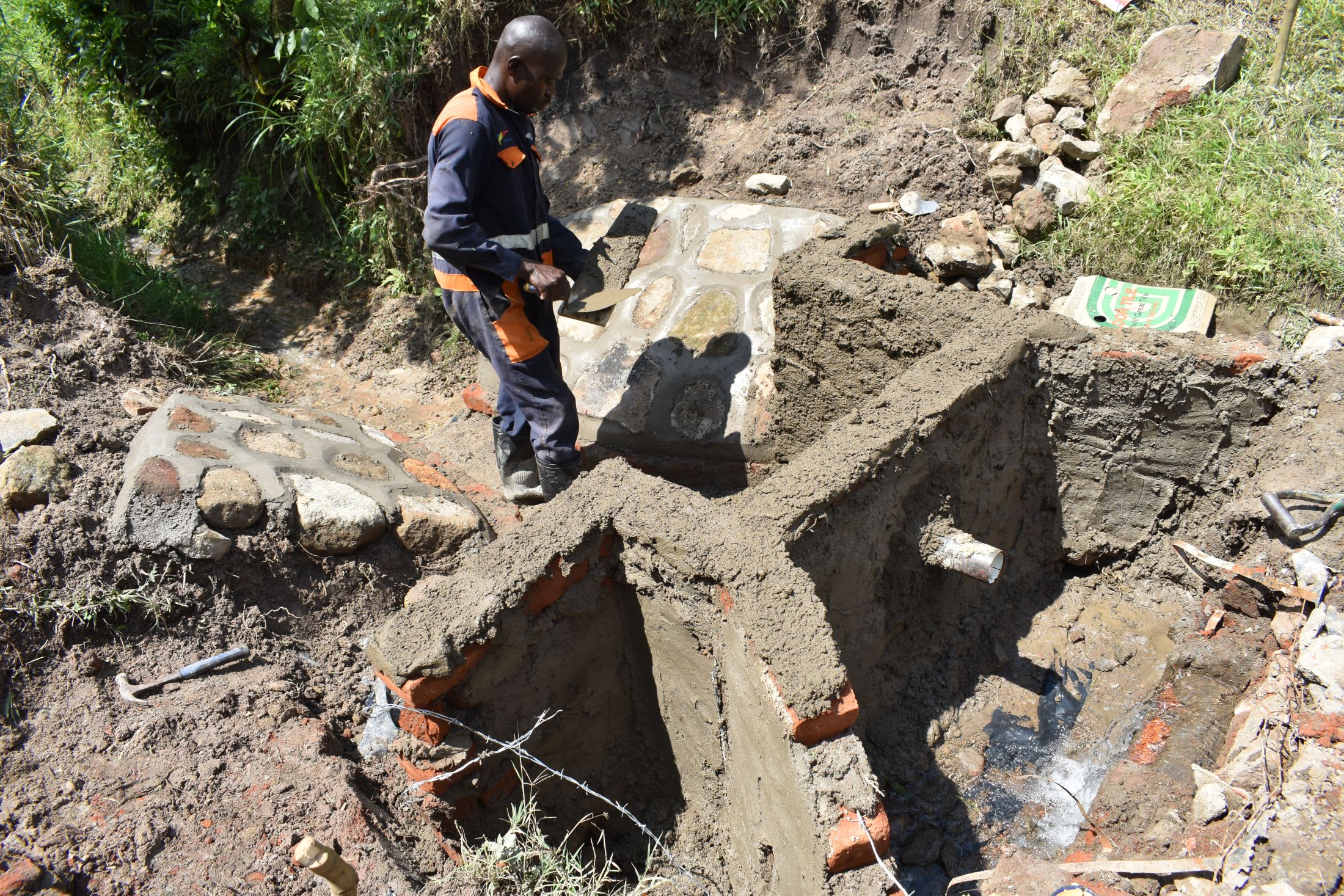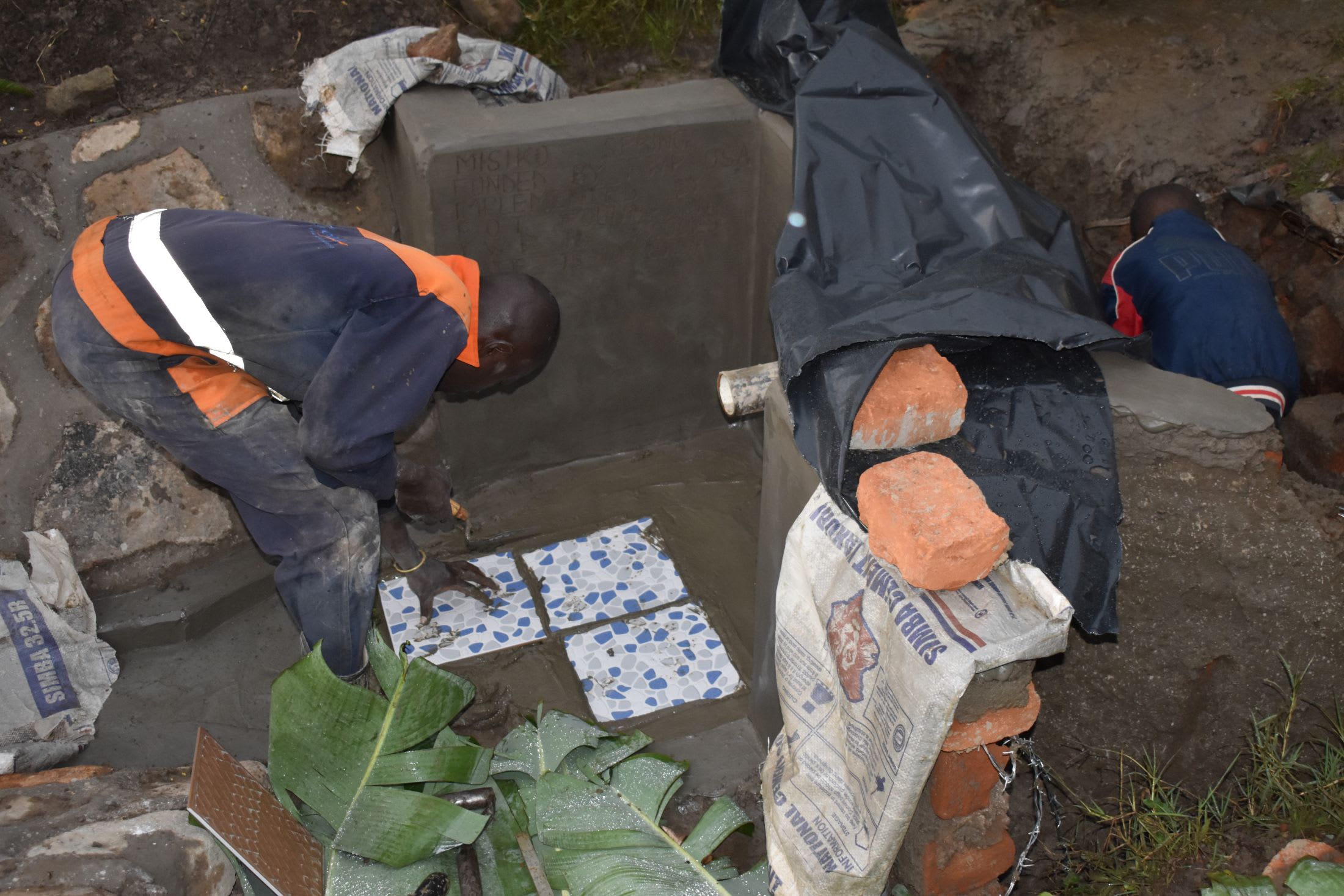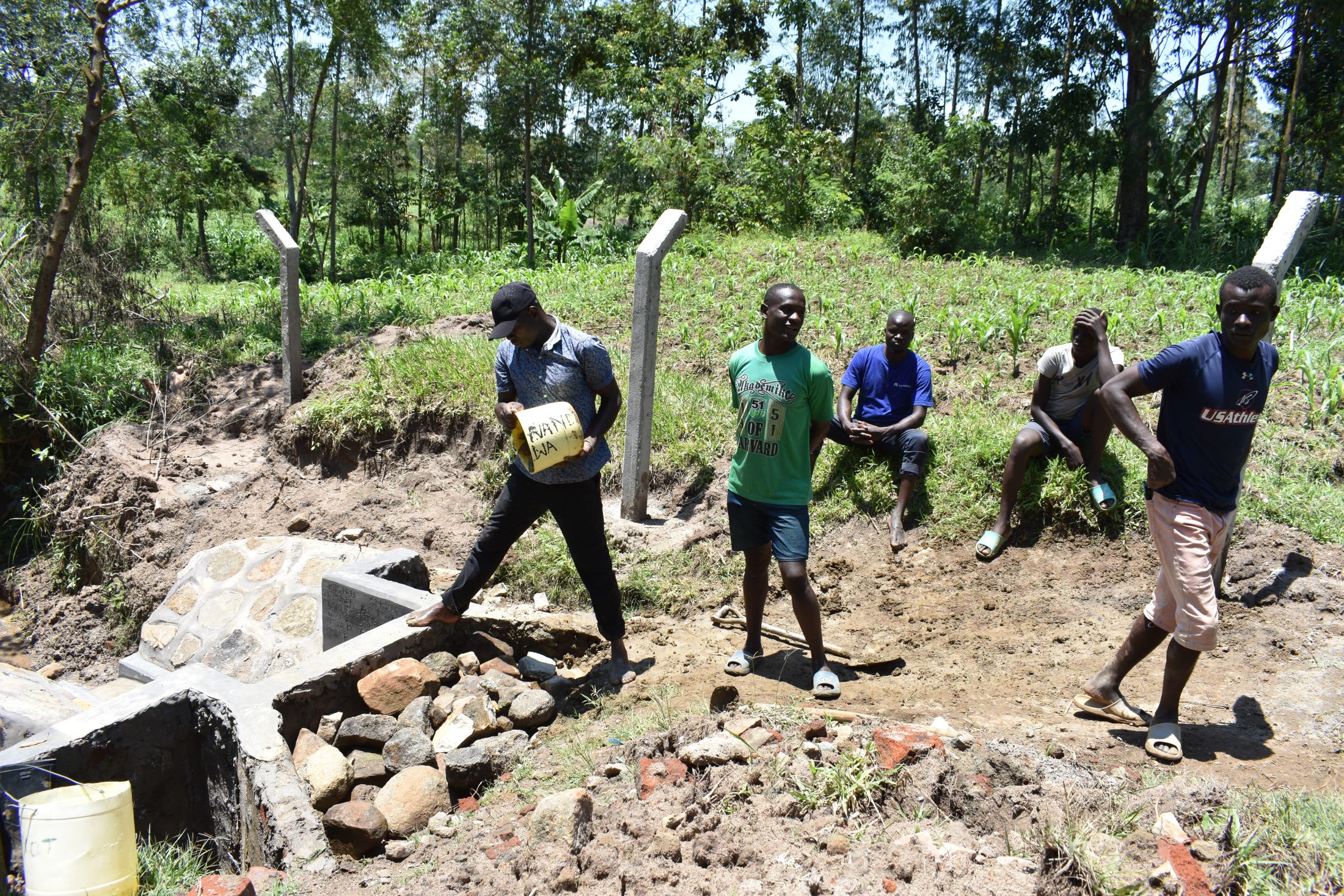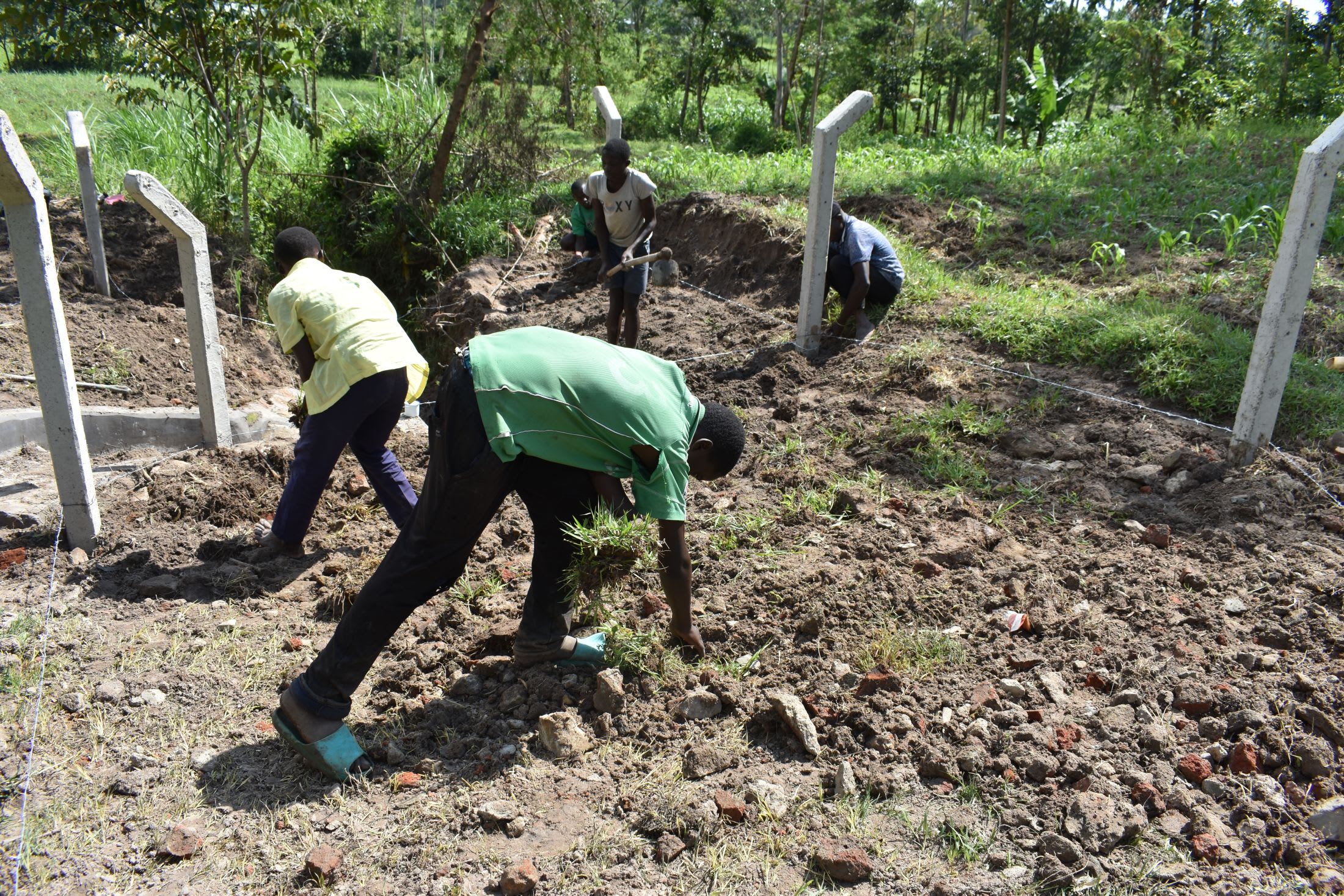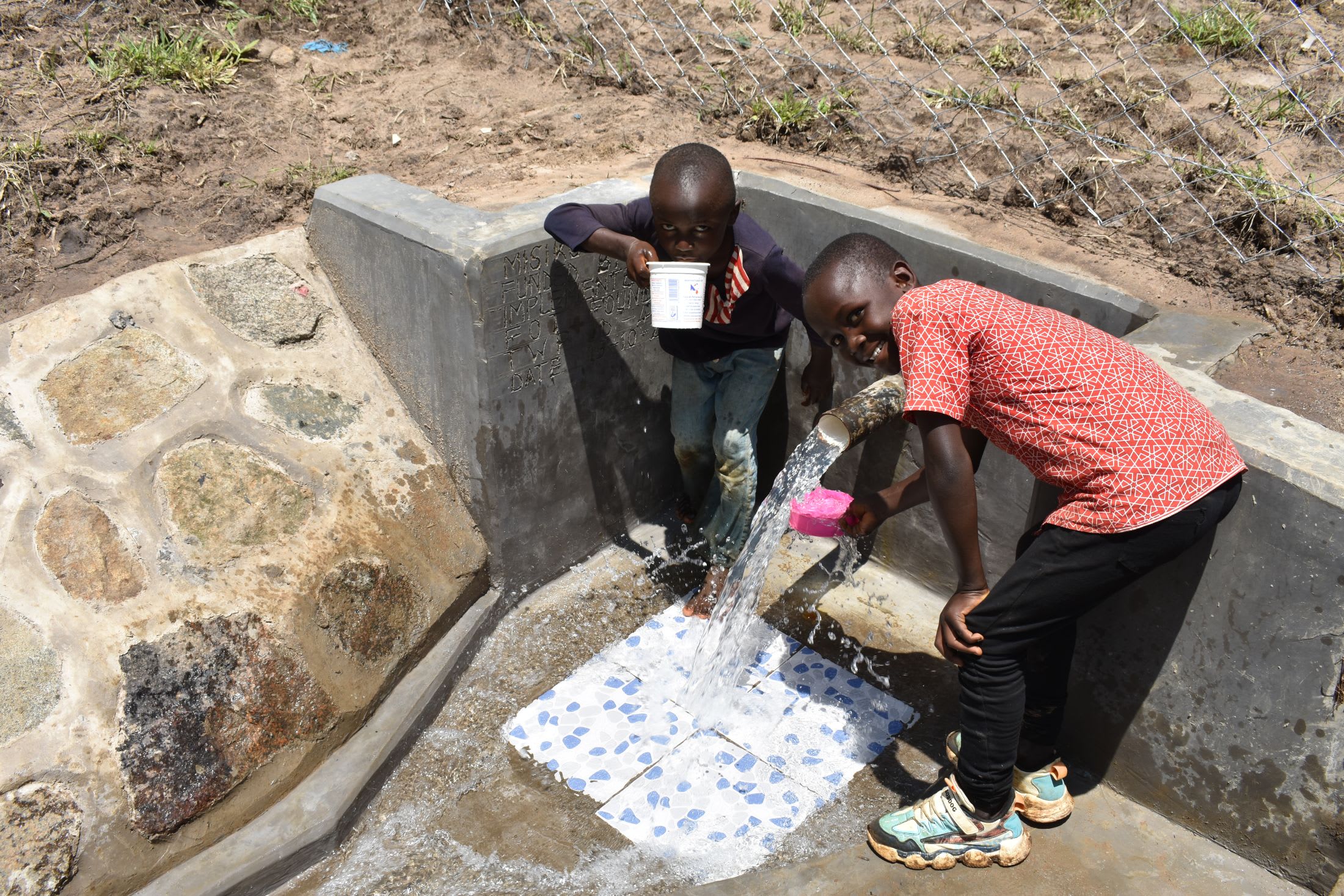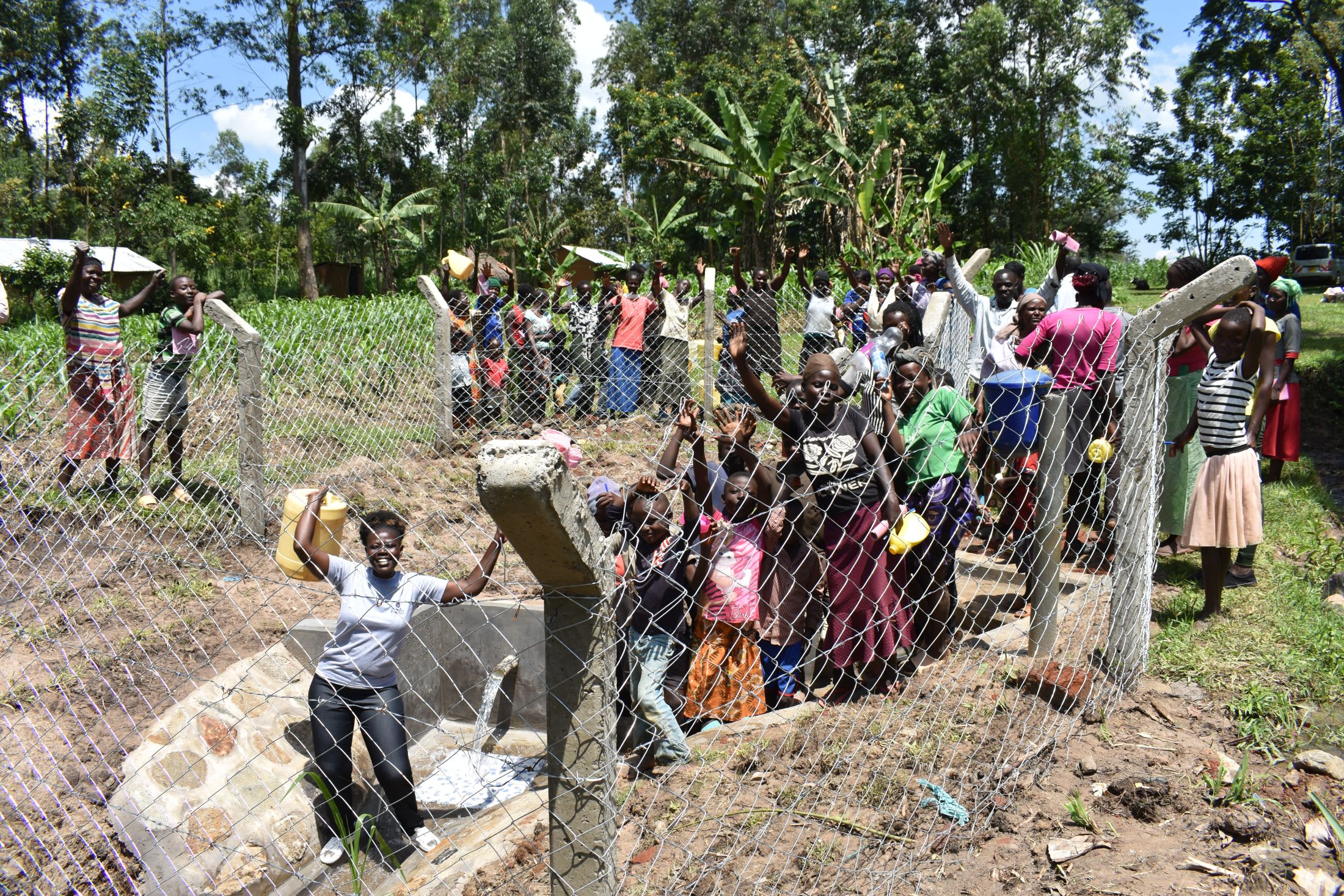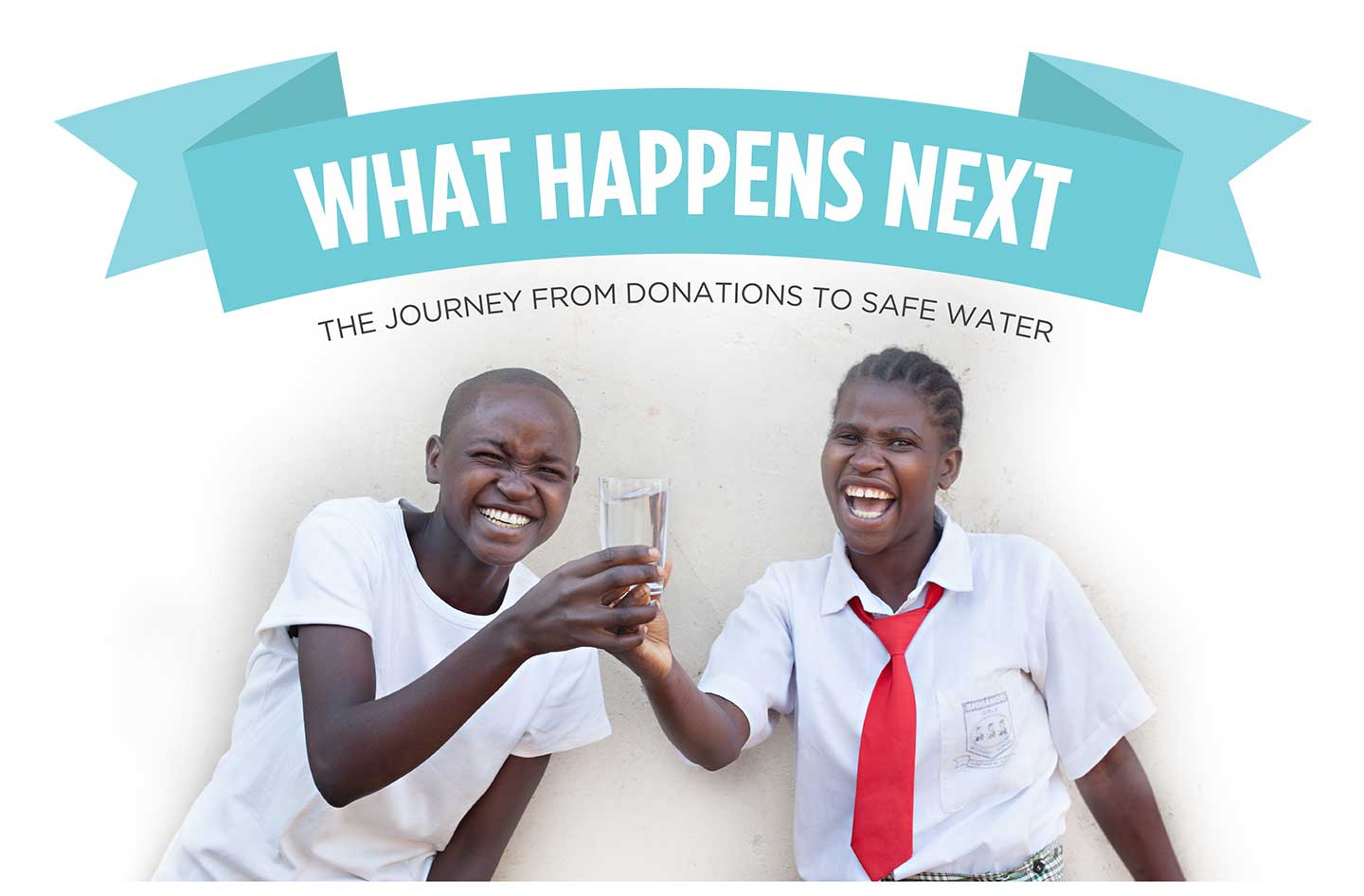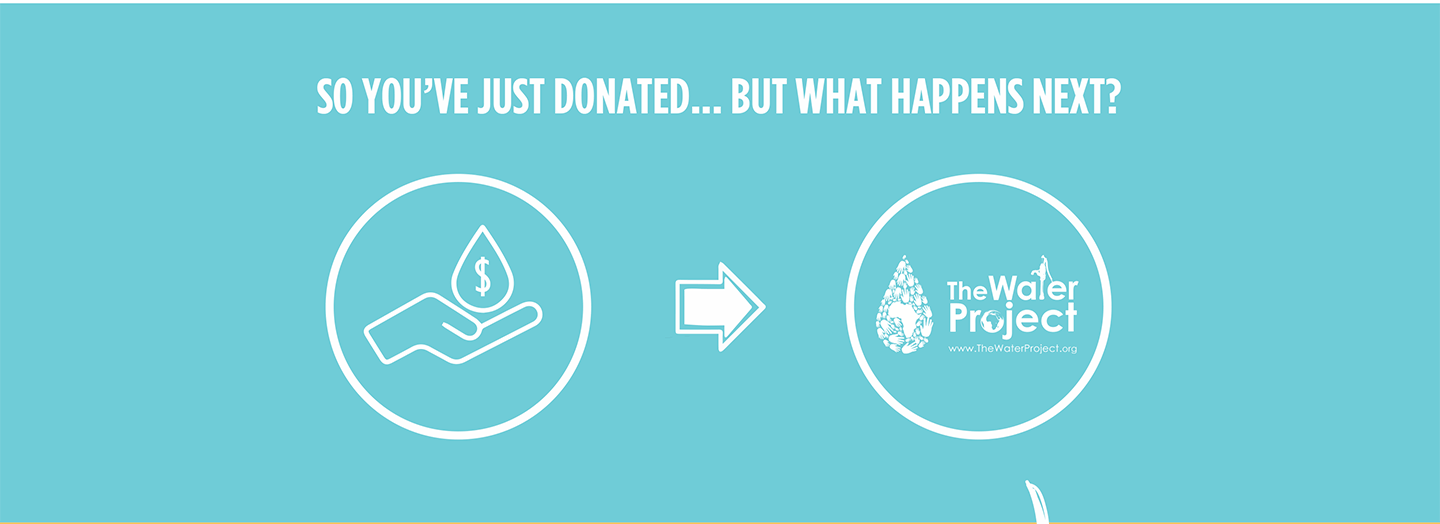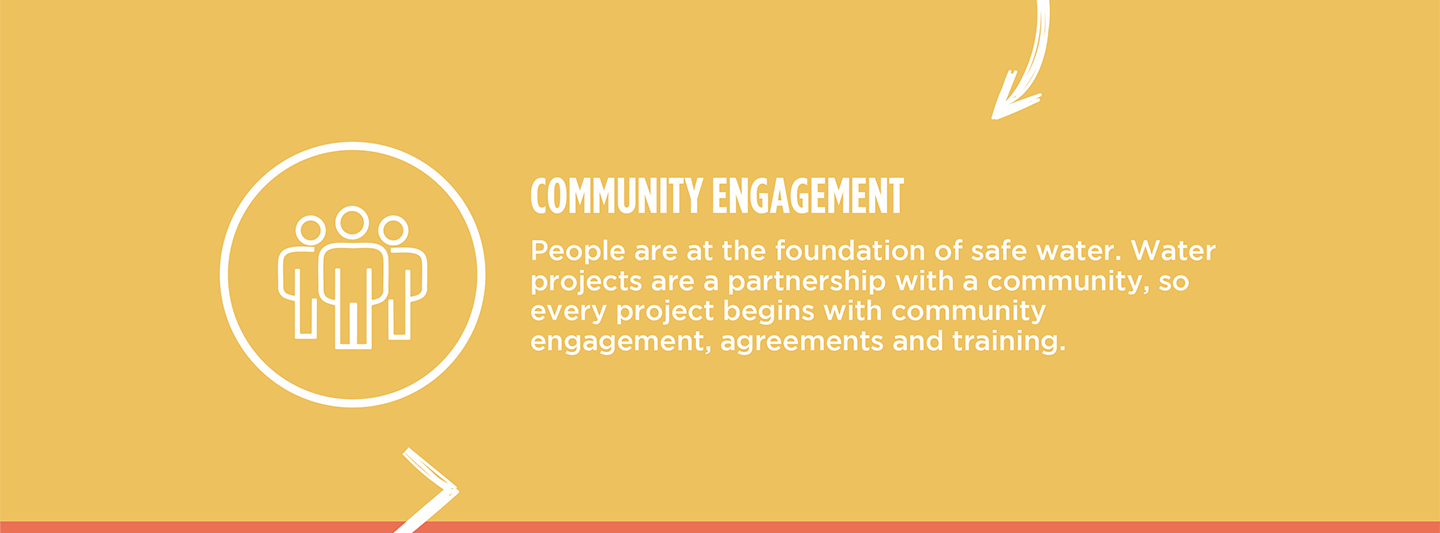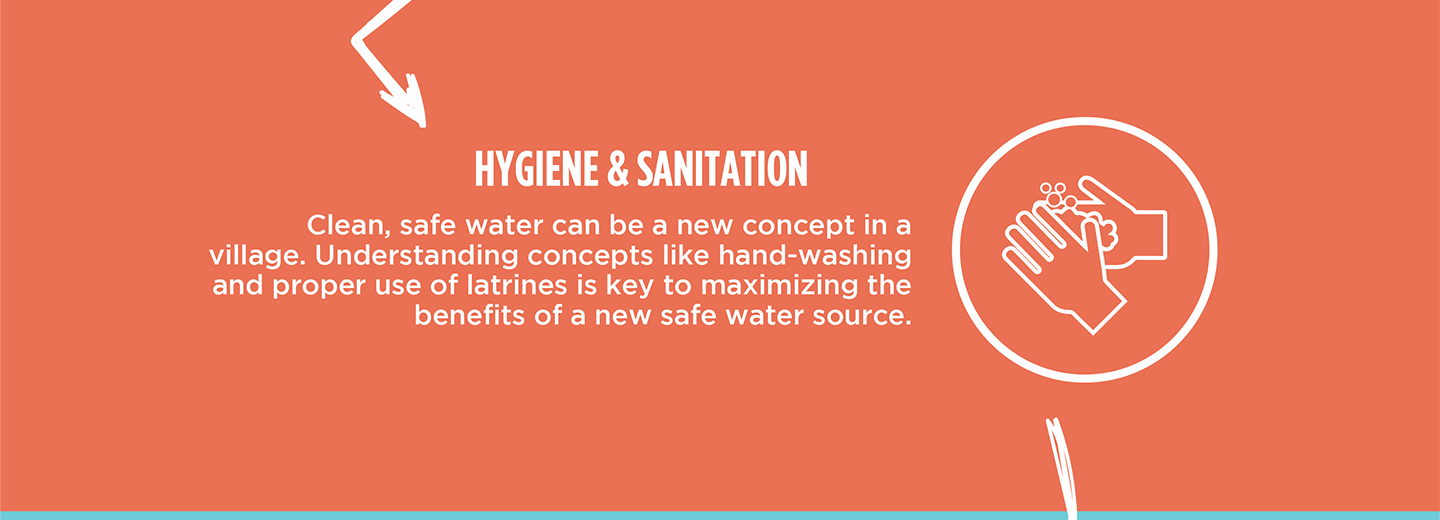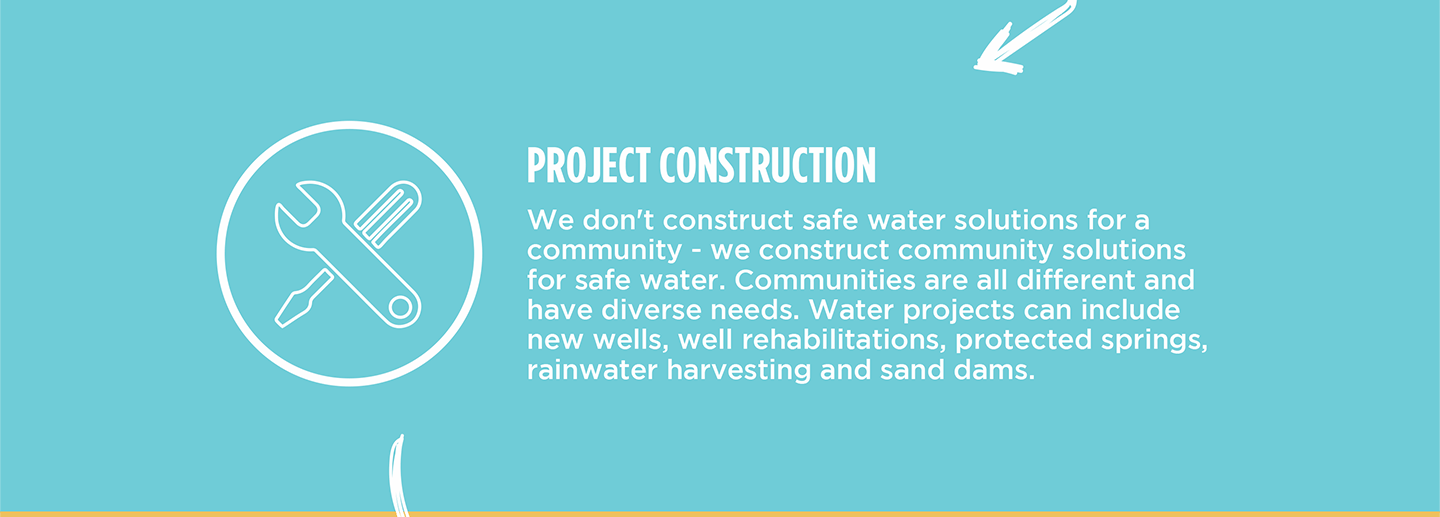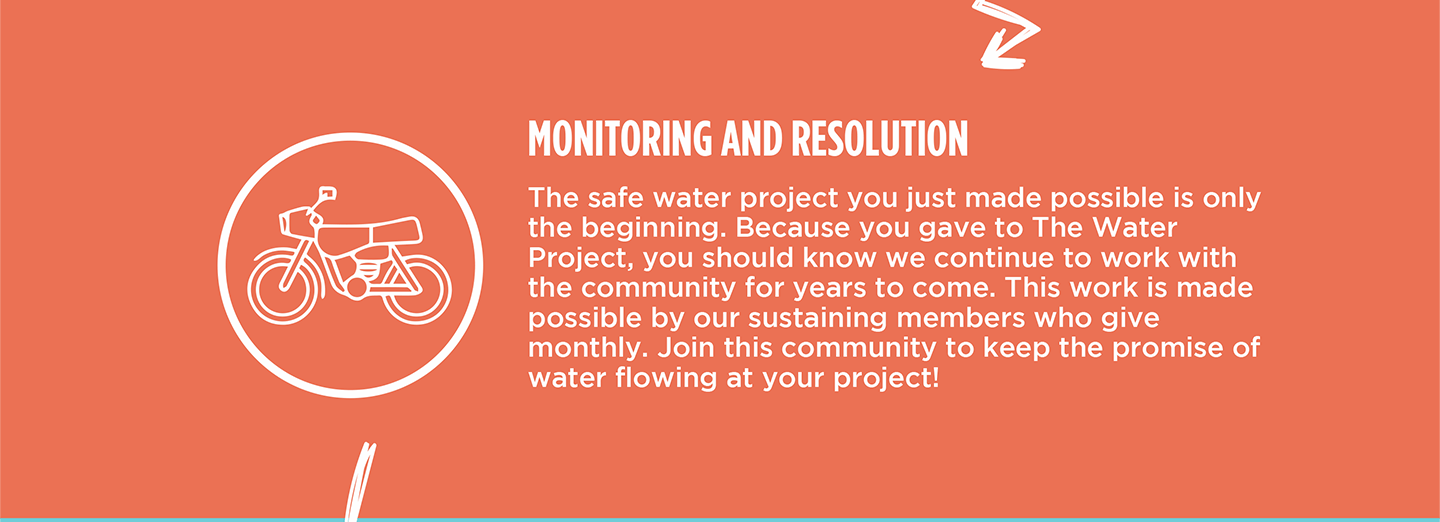The 840 people living in the community of Khabondi currently rely on insufficient water sources to meet everyone's daily water needs.
"The Government has not yet provided any piped water systems in this community. Even the nearest school, Khabondi Primary, has no water source. They [also] depend on the spring for water," said Field Officer David Muthama.

The spring has several challenges, and because of its poor condition, the struggle for the community's large population to access sufficient water to meet demand is even more difficult.
"It is really difficult for me to keep clean the spring because of the state. Sometimes, I usually feel like giving up, but it is at my doorstep. I was part of those involved in constructing it many years ago. I still value and treasure it; I just have to take good care of it," said 60-year-old farmer Beatrice Nyanguka, shown below collecting water.
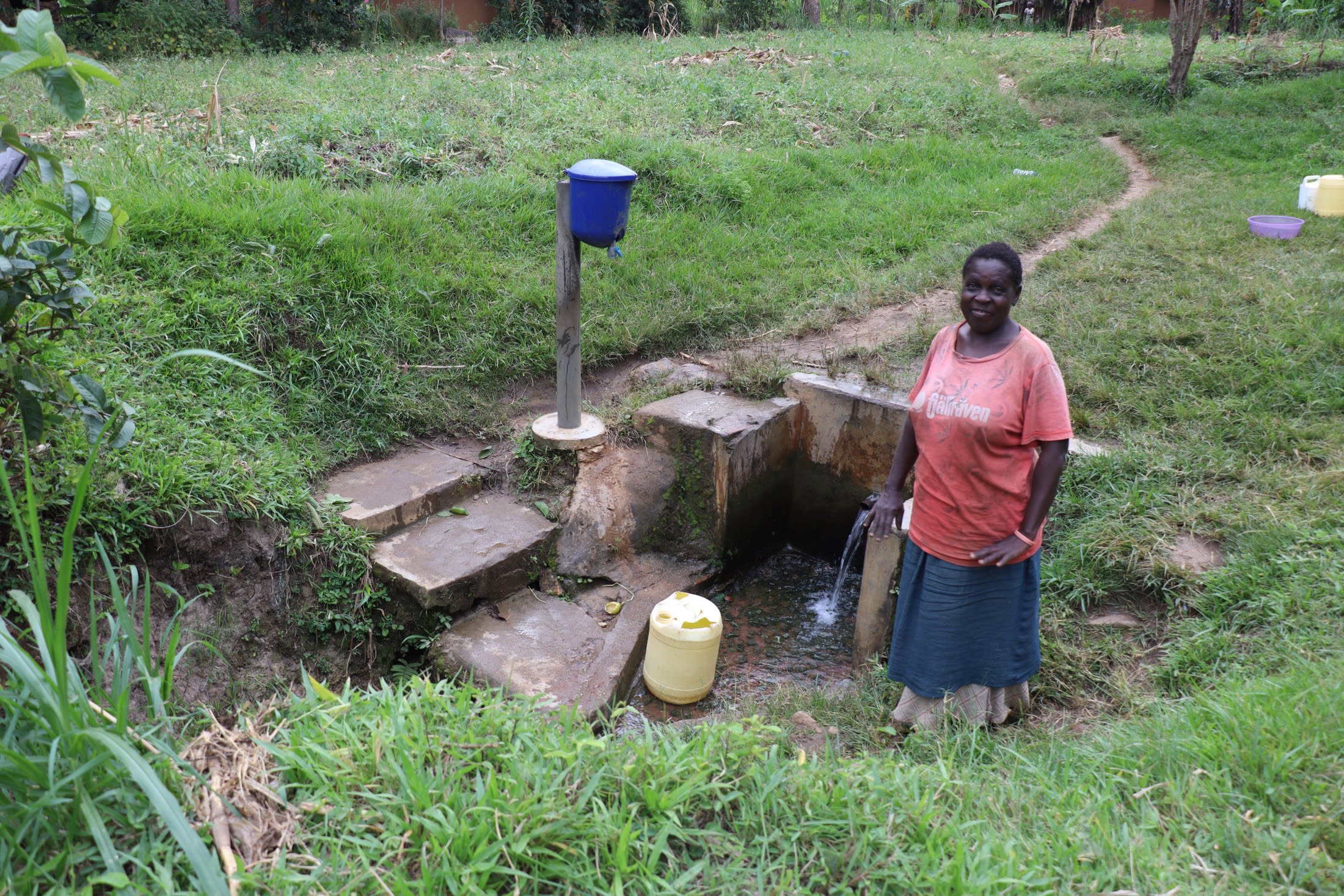
"The spring is partially protected. The community has tried maintaining the water point to its level best, but natural aging has overtaken the spring. The source is contaminated. The pipe giving water is rusted, and the floor of the spring is missing," said David.
"Getting water when there is a crowd is very difficult. I have to wait for big children to get water and clear before I get water. If you try [to] compete with them, I usually fall down because the spring cannot accommodate us all, and I have been warned not to play around the spring," said five-year-old Angatia B.

The proper protection of the spring will allow clean water to flow freely and enable community members and students to safely and efficiently collect water when they need it. This will give them the freedom to focus on completing critical daily tasks like managing their homes and attending school instead of dealing with roadblocks that come from the current water situation.
Note: We hope to implement a well-drilling project at Khabondi Primary School mentioned above in 2024 to help relieve some of the pressure on the community's water systems.
The Proposed Solution, Determined Together...
At The Water Project, everyone has a part in conversations and solutions. We operate in transparency, believing it benefits everyone. We expect reliability from one another as well as our water solutions. Everyone involved makes this possible through hard work and dedication.
In a joint discovery process, community members determine their most advantageous water solution alongside our technical experts. Read more specifics about this solution on the What We're Building tab of this project page. Then, community members lend their support by collecting needed construction materials (sometimes for months ahead of time!), providing labor alongside our artisans, sheltering and feeding the builders, and supplying additional resources.
Water Access for Everyone
This water project is one piece in a large puzzle. In Kenya, Sierra Leone, and Uganda, we're working toward complete coverage of reliable, maintained water sources that guarantee public access now and in the future within a 30-minute round trip for each community, household, school, and health center. One day, we hope to report that this has been achieved!
Training on Health, Hygiene & More
With the community's input, we've identified topics where training will increase positive health outcomes at personal, household, and community levels. We'll coordinate with them to find the best training date. Some examples of what we train communities on are:
- Improved hygiene, health, and sanitation habits
- Safe water handling, storage & treatment
- Disease prevention and proper handwashing
- Income-generation
- Community leadership, governance, & election of a water committee
- Operation and maintenance of the water point
Chlorine Dispensers
Installing chlorine dispensers is an important piece of our spring protection projects. Protecting a spring provides community members with an improved water source, but it doesn’t prevent contamination once the water is collected and stored. For example, if the water is clean and the container is dirty, the water will become contaminated.
We ensure that each chlorine dispenser is filled with diluted chlorine on a consistent schedule so that people can add pre-measured drops to each container of water they collect. That way, community members can feel even more confident in the quality of their water.
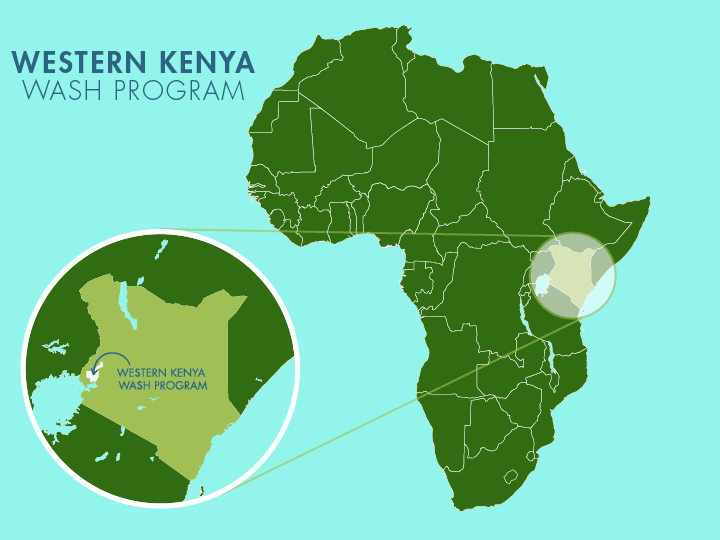
 Protected Spring
Protected Spring
 Rehabilitation Project
Rehabilitation Project

